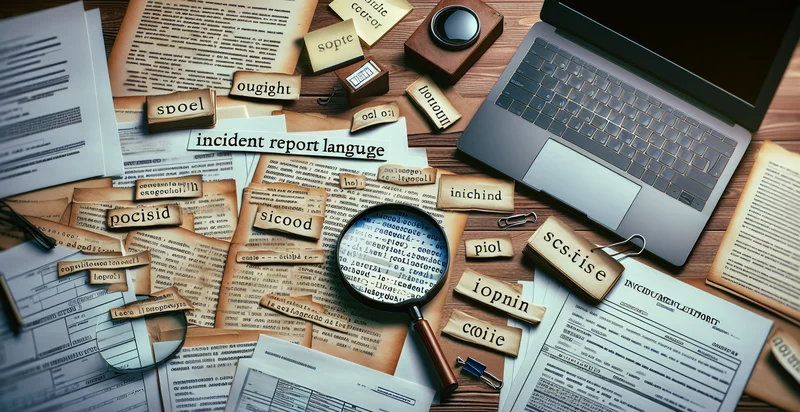Identify language of test report
using AI
Below is a free classifier to identify language of test report. Just input your text, and our AI will predict the language of the test report - in just seconds.

Contact us for API access
Or, use Nyckel to build highly-accurate custom classifiers in just minutes. No PhD required.
Get started
import nyckel
credentials = nyckel.Credentials("YOUR_CLIENT_ID", "YOUR_CLIENT_SECRET")
nyckel.invoke("language-of-test-report", "your_text_here", credentials)
fetch('https://www.nyckel.com/v1/functions/language-of-test-report/invoke', {
method: 'POST',
headers: {
'Authorization': 'Bearer ' + 'YOUR_BEARER_TOKEN',
'Content-Type': 'application/json',
},
body: JSON.stringify(
{"data": "your_text_here"}
)
})
.then(response => response.json())
.then(data => console.log(data));
curl -X POST \
-H "Content-Type: application/json" \
-H "Authorization: Bearer YOUR_BEARER_TOKEN" \
-d '{"data": "your_text_here"}' \
https://www.nyckel.com/v1/functions/language-of-test-report/invoke
How this classifier works
To start, input the text that you'd like analyzed. Our AI tool will then predict the language of the test report.
This pretrained text model uses a Nyckel-created dataset and has 41 labels, including Arabic, Bengali, Bulgarian, Croatian, Czech, Danish, Dutch, English, Estonian and Filipino.
We'll also show a confidence score (the higher the number, the more confident the AI model is around the language of the test report).
Whether you're just curious or building language of test report detection into your application, we hope our classifier proves helpful.
Related Classifiers
Need to identify language of test report at scale?
Get API or Zapier access to this classifier for free. It's perfect for:
- Multilingual Medical Reporting: This use case involves identifying the language of medical test reports to ensure that healthcare professionals can access and interpret results accurately. By implementing a language identifier, hospitals can streamline communication with patients who speak different languages, thus improving patient care and satisfaction.
- Global Market Research: In market research, analysts can utilize the function to automatically determine the language of consumer feedback and survey responses. This capability enables teams to analyze sentiment and trends across diverse linguistic groups, leading to more informed business strategies.
- Compliance and Regulatory Reporting: Companies can use the language identifier to ensure that financial and regulatory reports are prepared in the appropriate language for submission in different jurisdictions. This automation reduces the risk of compliance errors and enhances operational efficiency.
- Customer Support Ticket Management: The function can be implemented in customer support systems to automatically categorize incoming support tickets by language. This helps in routing issues to the appropriate language-specific support agents, improving response times and customer satisfaction.
- Automated Content Moderation: Social media platforms can leverage the language identification feature to filter out content in languages that are not supported in specific regions. This ensures compliance with regional laws and enhances user experience by moderating content effectively.
- Academic Research Classification: Researchers can apply the language identifier in academic publication databases to categorize articles based on their language. This helps in creating multilingual bibliographies and improves accessibility for researchers worldwide, fostering collaboration across language barriers.
- E-commerce Localization: E-commerce platforms can use the language identifier to tailor product descriptions and marketing content based on users' languages. By understanding the language of test reports generated from user interactions, businesses can enhance localization strategies, leading to higher conversion rates in global markets.


